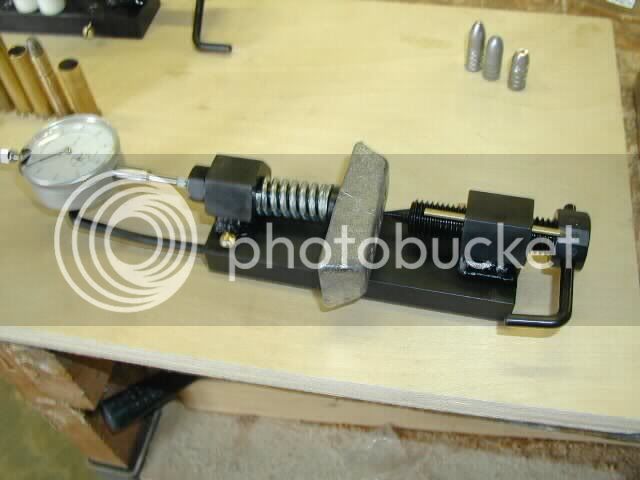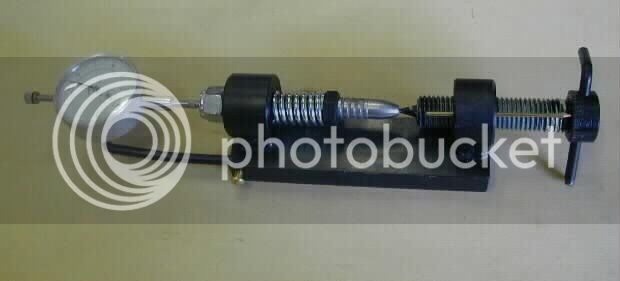Hello. I recently began casting my own roundball.
I went to a local scrap yard and purchased 117 lbs of what they catagorized as pure lead. It came mostly in rounds that appear to have been simply poured into a bowl when melted. Some of it appeared to be square weights that were connected at the corners forming a diamond pattern. I forget the name but a name was stamped on each square. I melted all 117 lbs in a large dutch oven and proceeded to make 136 of the lyman 1 lb ingots. Either their scale was off or some of my ingots are a little shy of 1 lb. (Probably the ladder). In any event, I did the scratch test and the lead seems soft. Is there a way to tell just how pure lead is? Is there a way to tell if it's too hard for Pistol?
I plan on casting for cap n ball as well as percussion rifle and pistol.
I have cast about 100 .454 balls for my 1851 Navy (Pietta).
I went to a local scrap yard and purchased 117 lbs of what they catagorized as pure lead. It came mostly in rounds that appear to have been simply poured into a bowl when melted. Some of it appeared to be square weights that were connected at the corners forming a diamond pattern. I forget the name but a name was stamped on each square. I melted all 117 lbs in a large dutch oven and proceeded to make 136 of the lyman 1 lb ingots. Either their scale was off or some of my ingots are a little shy of 1 lb. (Probably the ladder). In any event, I did the scratch test and the lead seems soft. Is there a way to tell just how pure lead is? Is there a way to tell if it's too hard for Pistol?
I plan on casting for cap n ball as well as percussion rifle and pistol.
I have cast about 100 .454 balls for my 1851 Navy (Pietta).






